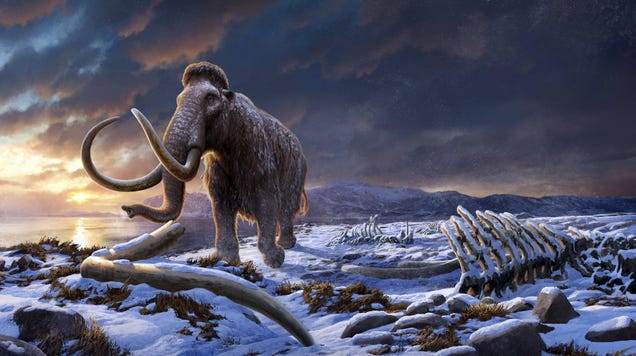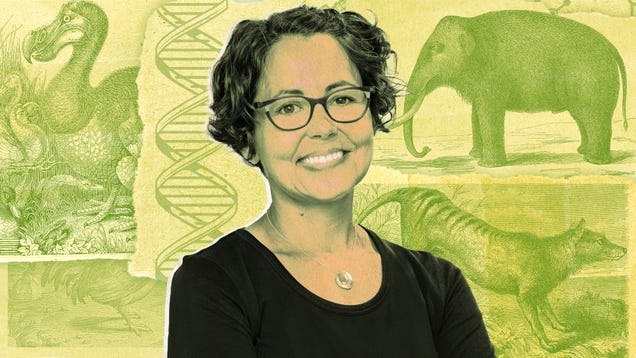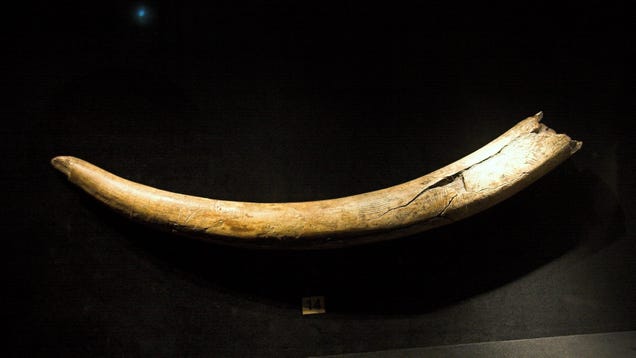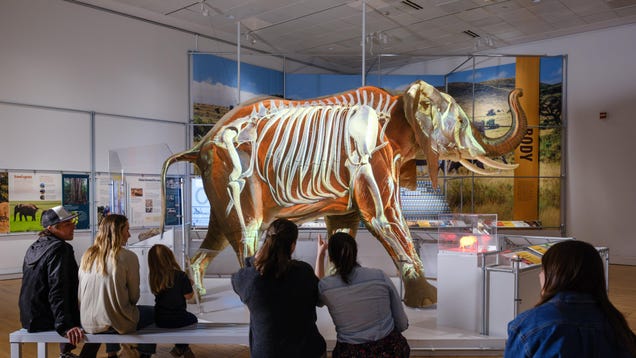
The last mammoths to walk the Earth did not succumb to inbreeding after hundreds of generations, despite being stuck on a remote island off the coast of Siberia.

The last mammoths to walk the Earth did not succumb to inbreeding after hundreds of generations, despite being stuck on a remote island off the coast of Siberia.

This story is part of our Chief Innovation Officer Forecast series with Quartz, a business report from the front lines of the future.

Colossal Biosciences, which calls itself “the world’s first de-extinction company,” has created stem cells it thinks will hasten the company’s marquee goal of resurrecting the woolly mammoth. The team’s research describing the accomplishment will be hosted on the preprint server bioRxiv.

A female mammoth that lived 14,000 years ago made a trek across hundreds of miles of tundra to a hunter-gatherer settlement in central Alaska, according to a team of scientists that recently scrutinized isotopes in the tusk.

The largest land mammal of our time has an evolutionary story at least 60 million years in the making.

Marks on the ribcage of a 48,000-year-old cave lion skeleton suggest the animal was killed by Neanderthals, making it the first evidence that our nearest human cousins hunted the Ice Age predators.
Piroschka van de Wouw/Reuters
Paleo; Andreas Arnold/picture alliance/Getty Images